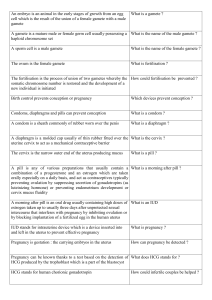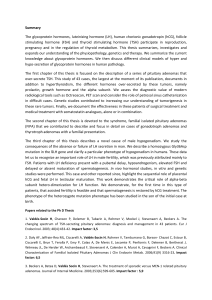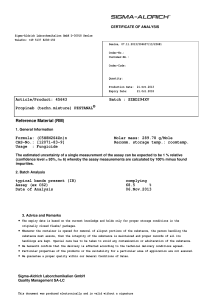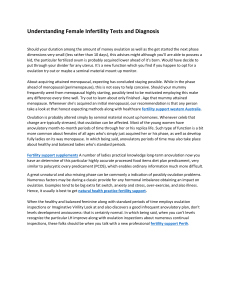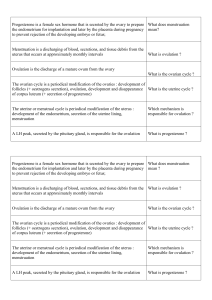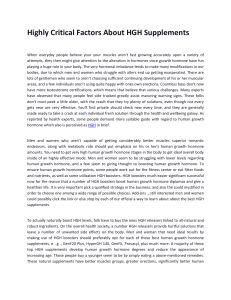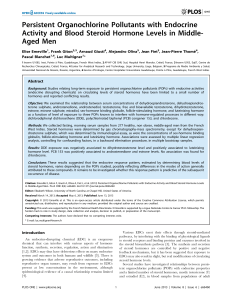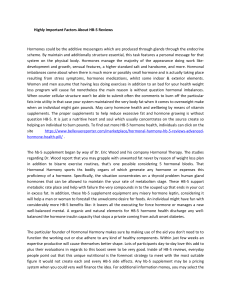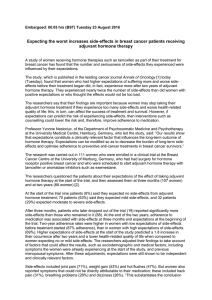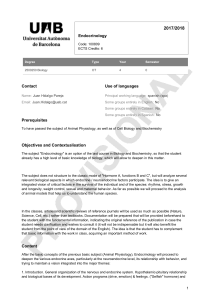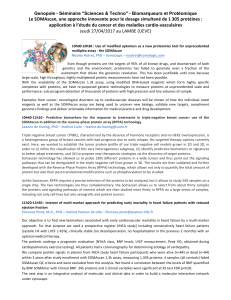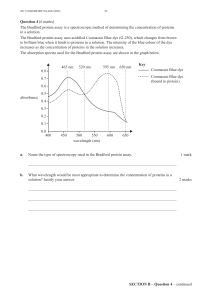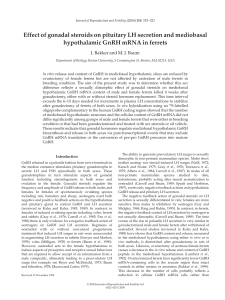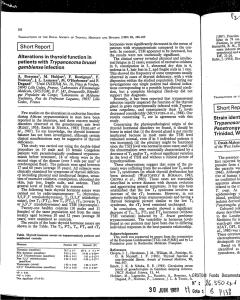LH (Luteinizing Hormone)
publicité
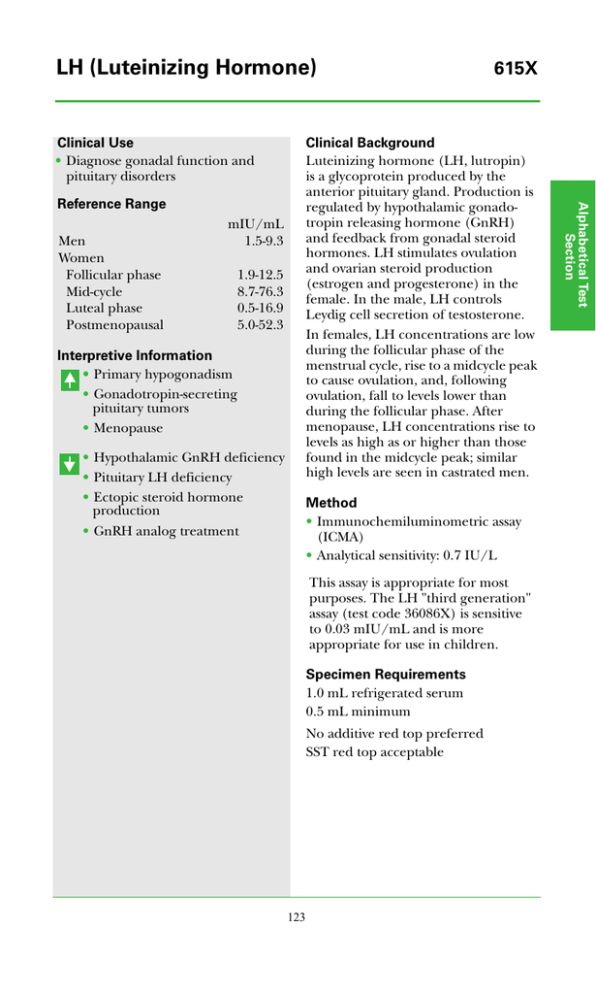
LH (Luteinizing Hormone) Clinical Use • Diagnose gonadal function and pituitary disorders mIU/mL 1.5-9.3 1.9-12.5 8.7-76.3 0.5-16.9 5.0-52.3 Interpretive Information • Primary hypogonadism • Gonadotropin-secreting pituitary tumors • Menopause • Hypothalamic GnRH deficiency • Pituitary LH deficiency • Ectopic steroid hormone production • GnRH analog treatment Method • Immunochemiluminometric assay (ICMA) • Analytical sensitivity: 0.7 IU/L This assay is appropriate for most purposes. The LH "third generation" assay (test code 36086X) is sensitive to 0.03 mIU/mL and is more appropriate for use in children. Specimen Requirements 1.0 mL refrigerated serum 0.5 mL minimum No additive red top preferred SST red top acceptable 123 Alphabetical Test Section Clinical Background Luteinizing hormone (LH, lutropin) is a glycoprotein produced by the anterior pituitary gland. Production is regulated by hypothalamic gonadotropin releasing hormone (GnRH) and feedback from gonadal steroid hormones. LH stimulates ovulation and ovarian steroid production (estrogen and progesterone) in the female. In the male, LH controls Leydig cell secretion of testosterone. In females, LH concentrations are low during the follicular phase of the menstrual cycle, rise to a midcycle peak to cause ovulation, and, following ovulation, fall to levels lower than during the follicular phase. After menopause, LH concentrations rise to levels as high as or higher than those found in the midcycle peak; similar high levels are seen in castrated men. Reference Range Men Women Follicular phase Mid-cycle Luteal phase Postmenopausal 615X
